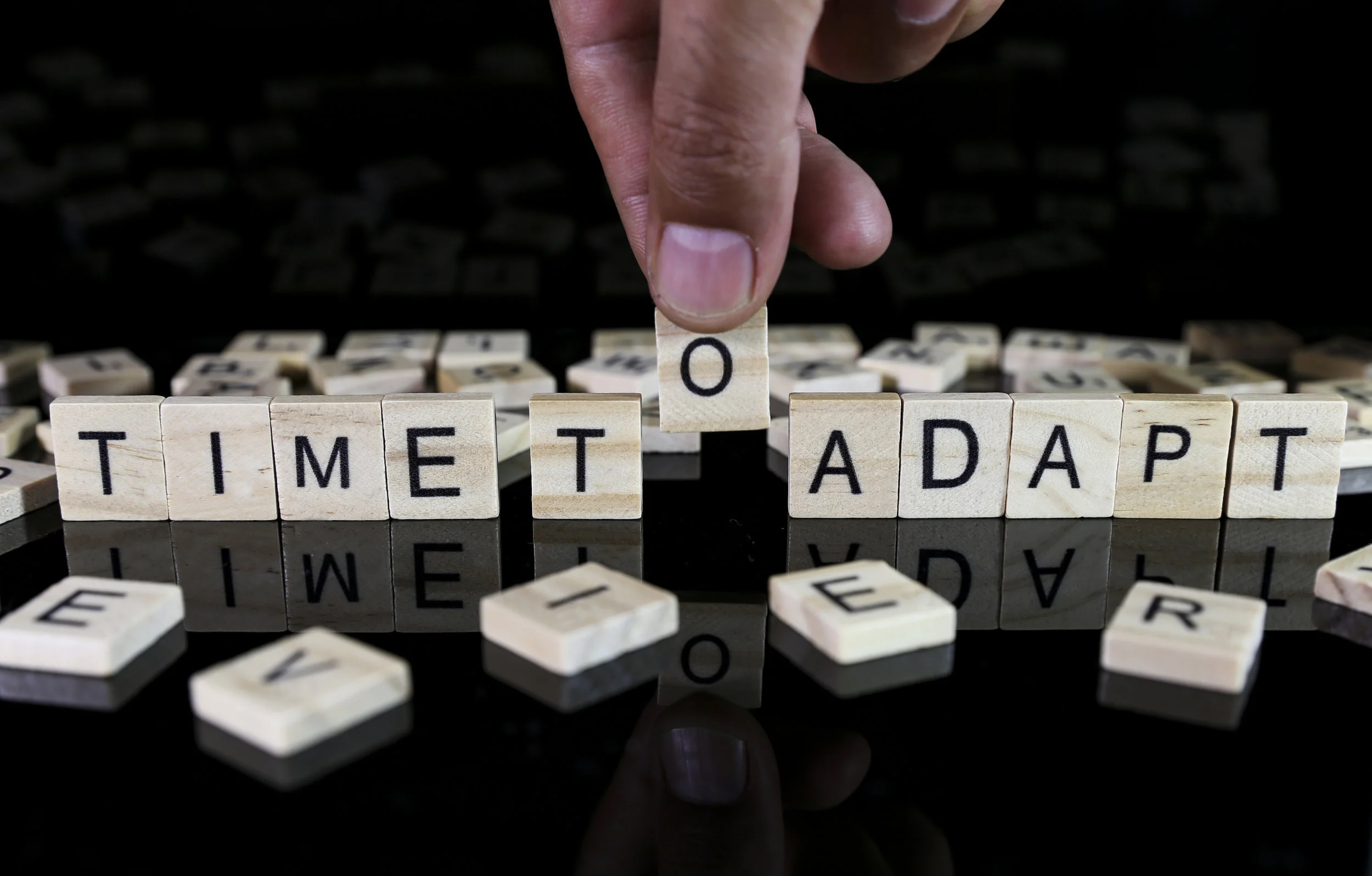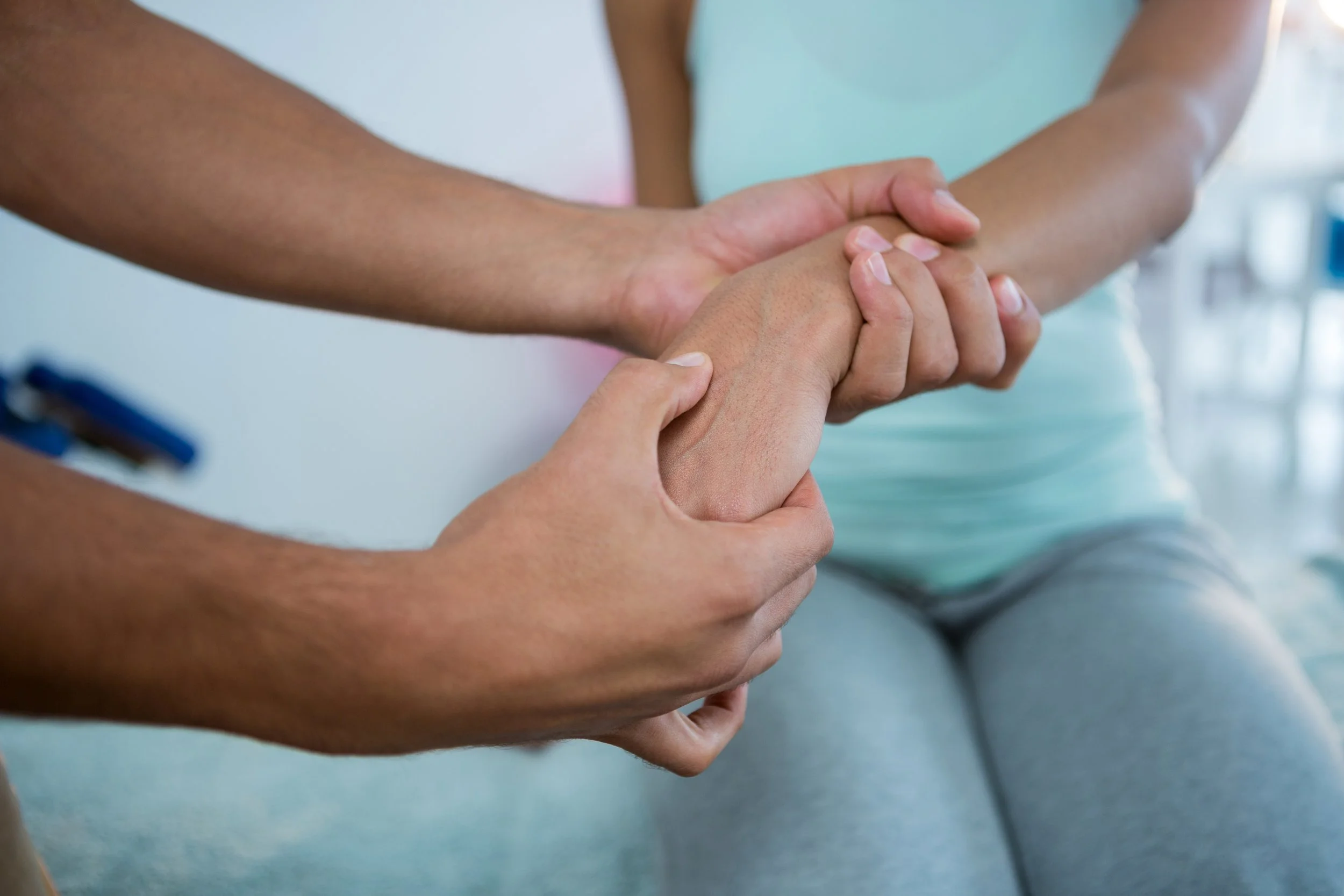How 5 Minutes a Day Can Improve Your Health and Increase Your Lifespan
/A new study published Monday in the Journal of American College of Cardiologydemonstrates that running five minutes a day increases health and lifespan almost as much as running 150 minutes a week. The benefits from exercising intensely for five minutes a day are significant, reducing the risk of dying prematurely from any cause by 30 percent and from cardiovascular causes by 45 percent. These new reports join a host of other recent scientific findings about the power of marginal behavioral changes to reshape lives.
A recent New York Times article focusing on the movement research of Dr. James Levine reported that walking around the office for two minutes three times an hour was more beneficial in reversing the devastating health effects of a sedentary lifestyle than spending an hour at the gym after work. Getting up to get a glass of water twice an hour gets you most of this benefit, with hydration benefits to boot.
In diet, exercise’s “other half” in establishing good living, new research shows that the health and weight loss battle is won or lost at the margin. People who eat a handful of nuts a day are leaner and experience a reduced death rate of 11 percent in comparison with those who don’t eat nuts regularly, according to a study in The New England Journal of Medicine. New weight loss models show that eating 100 calories less per day (giving up that piece of bread at dinner) will lose you 10 pounds in three years, five in the first year (reverse that equation to see how an extra cookie a day will affect your weight three years from now).
That a marginal behavioral change can have an outsize impact on personal and professional prospects is something that I discovered for myself and wrote about in Small Move, Big Change (Viking 2014). In any area of self-improvement — not just in fitness and diet — small changes in habit can lead to amazing results. Yet even the smallest change in behavior requires willpower and conscious effort — something that sounds as simple as running five minutes a day won’t be simple in practice. At a minimum you’ll need suitable running shoes, a place to run, and (hardest of all) a time to run. Establishing a change in habit means scaling a behavioral change to something you can absolutely achieve and sustain forever. If you can manage to fit in a five minute run once a week and at the same time and day each week, you will very likely succeed. And once you have established your run habit once a week, you’ll have a behavioral pattern that makes it easier to extend your run to other days. If, on the other hand, you just pack up your running shoes and head to work with the general ambition of finding five minutes to run every day, you will very likely fail.
Any deviation from regular routine causes mental stress and even emotional discomfort. Our daily behavior is a kind of autopilot that runs without conscious intent or mental effort, quietly and efficiently managing our routine activities. Improving ourselves means shaking up autopilot, and autopilot is very, very resistant to change. But if we focus with complete dedication on making a narrow behavioral shift, we can drive it into autopilot where it will sustain us for a lifetime.
My own goals for becoming fit began with walking to work once a week, every Monday. I found walking past the subway station the first few Mondays supremely difficult and there was always a good reason not to walk that day — the weather, the pressures of impending work, or just feeling that Tuesday would be a better bet (this is how we bargain ourselves out of our resolutions). But because I had committed myself only to walk on Mondays, I felt that it was intolerable not to follow through, and I managed mental and physical obstacles out of my way. By learning how to make the walk on Mondays work, I established an autopilot pattern that I was able to extend to other days. For many years now I have walked nearly every day to work (35 minutes), and it’s no longer a resolution, it’s a pleasure.
Year after year, we make the same ambitious resolutions and fail at them. We pledge “to be slim,” “to be fit,” “to be organized,” wannabe goals closer to wishes than resolutions to action. We make these unrealistic vows because we think that nothing but a complete change of self will get us where we want to be. But the magic is not in resolving to be different, but resolving to do just one thing differently, and more and more research is demonstrating just how powerful one such change can be.
This article originally appeared on Huffington Post and was written by Caroline L. Arnold











![Self-regulation “control [of oneself] by oneself"](https://images.squarespace-cdn.com/content/v1/55563e14e4b01769086817cb/1542845645966-PO2HGKF5JLUBM45UIWQ3/wee-lee-790761-unsplash.jpg)



















